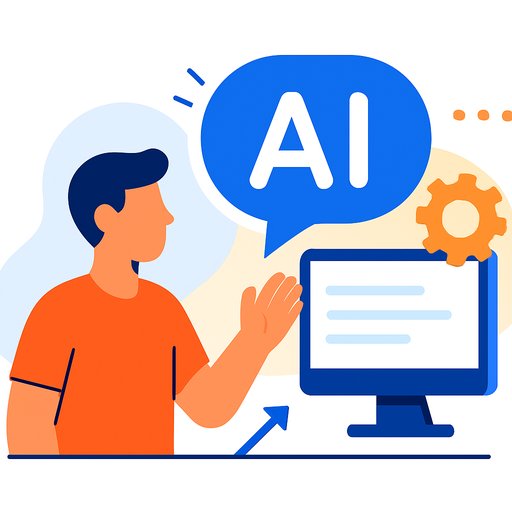AI agents are connecting the enterprise
The next wave of enterprise AI isn't bigger models or faster chips. It's software that sees across systems, understands intent and takes the right action without waiting for a human to click a button. AI agents are moving past dashboards and chat widgets to coordinate work end to end - tying data, process and people into a living network of decisions.
That shift turns automation into autonomy. Agents interpret signals, act through APIs, and learn from outcomes. The result: less swivel-chair work, fewer blind spots, and a business that adapts as conditions change.
Why digital twins and process intelligence matter
Agents need a complete, real-time map of how your business actually runs. Think of a digital twin of operations - a live model where orders, customers, invoices and exceptions all connect across apps and teams. As one analyst put it, "agents are only useful when they can see across the enterprise."
This is where process intelligence platforms are stepping in. By modeling objects (like a customer or sales order) across multiple processes - a shift known as object-centric process mining - teams break out of application silos and give agents the context they need to act with confidence.
Architecture: from static databases to an enterprise graph
Modern stacks are moving from single on-prem databases to hybrid graphs fed by data platforms such as Databricks, Microsoft Fabric and Snowflake. Data flows in, gets stitched into a connected model, and flows back out to operational systems. That loop gives agents both visibility and a path to execution.
In practice, it means you can source real-time operational data, enrich it in the graph, and trigger actions in ERP, CRM or workflow tools. Agents stop being observers and become participants in how work gets done.
Culture and trust make or break adoption
Technology alone doesn't land. Teams need to see agents as partners, not surveillance. Organizations that win frame the goal as better outcomes: fewer bottlenecks, faster cycle times, cleaner handoffs, less manual rework.
Leaders who involve teams early, share wins transparently, and keep humans in the approval loop where it matters build momentum fast.
Practical playbook for IT, data teams and developers
- Start with two or three high-friction processes (order-to-cash, procure-to-pay, incident-to-resolution). Define the business outcomes and KPIs upfront.
- Model your core objects (orders, customers, invoices, assets) and their events. Adopt object-centric process mining to connect flows across apps.
- Stand up an enterprise graph or process intelligence layer. Stream data in from your data platform and operational systems; enable write-back via secure APIs.
- Introduce agents in "assist" mode first: recommend actions, then graduate to auto-approve for low-risk tasks with guardrails.
- Instrument everything. Log agent decisions, approvals, rollbacks and impact. Feed results back to improve policies and prompts.
- Bake in controls: identity, RBAC, policy-as-code, audit trails, and a human-approval step for financial or regulatory actions.
What it means for key roles
- Executives: Treat agents as a new operating layer. Fund shared infrastructure (graph, metadata, governance) that every team can reuse.
- IT & Security: Standardize connectors, enforce least privilege, and sandbox new agent behaviors before production.
- Data Engineering: Prioritize business objects and event quality over sheer volume. Metadata and lineage become non-negotiable.
- Developers: Build actions as small, idempotent services agents can call safely. Provide clear contracts, timeouts and compensating steps.
- Ops & Finance: Define thresholds where automation is allowed, where approvals are required, and where actions are blocked.
Key concepts and resources
- Digital twins give agents the context to act across teams and systems.
- Process mining (especially object-centric) connects events across applications into end-to-end flows.
Risks, handled upfront
- Wrong actions: Gate with policies, approvals and simulation. Test in a twin before production.
- Data drift or gaps: Monitor data freshness, schema changes and pipeline health. Alert agents to fall back to assist mode if confidence drops.
- Compliance: Enforce PII handling, logging and retention by default. Make audits a product feature, not an afterthought.
Bottom line
Agents are becoming the connective tissue between data and execution. With a live process map, clear guardrails and tight feedback loops, they cut delays, reduce manual work and improve outcomes across the enterprise. Start small, measure impact, then scale the actions that consistently pay off.
Level up your team's skills
If you're building agent-driven automation and want practical training paths, explore curated options here: AI automation courses.
Disclosure: theCUBE was a paid media partner for Celosphere 25. The event sponsor had no editorial control over interviews or analysis.
Photo: SiliconANGLE
Your membership also unlocks:






